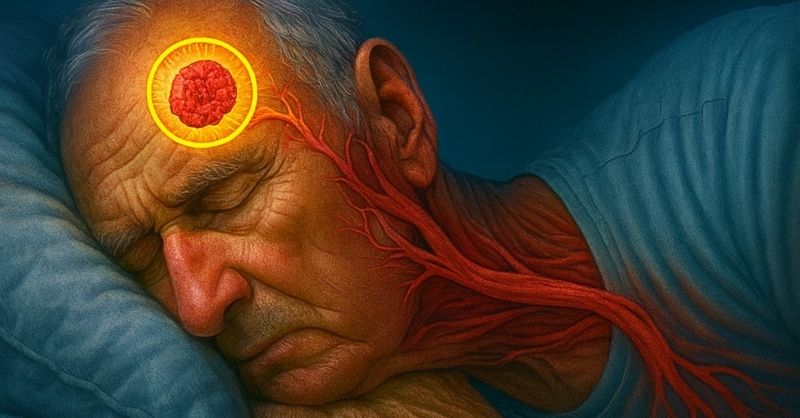
Hormones, friction, stress—it’s all connected.
Some spots appear without warning. On the neck, arms, or face, they can be puzzling. But a new scientific study offers some answers. It breaks down the most common causes and highlights factors that are often overlooked. Understanding these mechanisms can help you prevent them from appearing.
These marks on your skin aren’t random. Recent research sheds light on the processes behind the development of certain pigment spots. Their location isn’t always caused by sun exposure, nor is it only about aging. Your body is sending signals. You just need to learn how to read them.
Researchers followed a group of volunteers for several months. The goal: to understand why spots show up more often in some areas than others. The results show multiple overlapping factors—from lifestyle and genetics to exposure to irritants.

The Skin Reacts to What It Endures
Each part of your body faces different conditions. The face, hands, and neck are constantly exposed to daylight—even in winter. In response, the skin produces more melanin as protection. This natural defense can leave behind brown or pinkish marks.
But sunlight isn’t the whole story. The study also points to the role of repeated friction. Watches, bracelets, tight clothing—constant rubbing can sometimes trigger localized hyperpigmentation. The body reacts to the irritation by toughening the area, and in some cases, by darkening the skin.
Hormones are another factor highlighted by researchers. Certain stages of life, such as pregnancy or menopause, bring visible changes. Hormonal shifts directly affect pigment production, which explains why spots can appear even without sun exposure.

The Impact of Diet and Stress
The study didn’t stop at physical factors. It also looked at the connection between nutrition and skin health. What you eat matters. Vitamin deficiencies—especially vitamin B12—can throw off the skin’s balance, leaving some areas dry while others darken.
Chronic stress also plays a role. Under constant pressure, the body releases cortisol. Too much of this hormone disrupts normal cell function. The skin becomes uneven, and irregular or diffuse spots may appear.
Certain cosmetic products can make things worse. Perfume on the neck, harsh deodorants, or unsuitable creams can all irritate the skin and trigger pigmentation. The study recommends always testing a new product on a small patch before regular use.
Finally, genetics weigh in. If your parents developed spots on their arms or face, your chances are higher too. But nothing is set in stone. Simple habits can help reduce their appearance.




